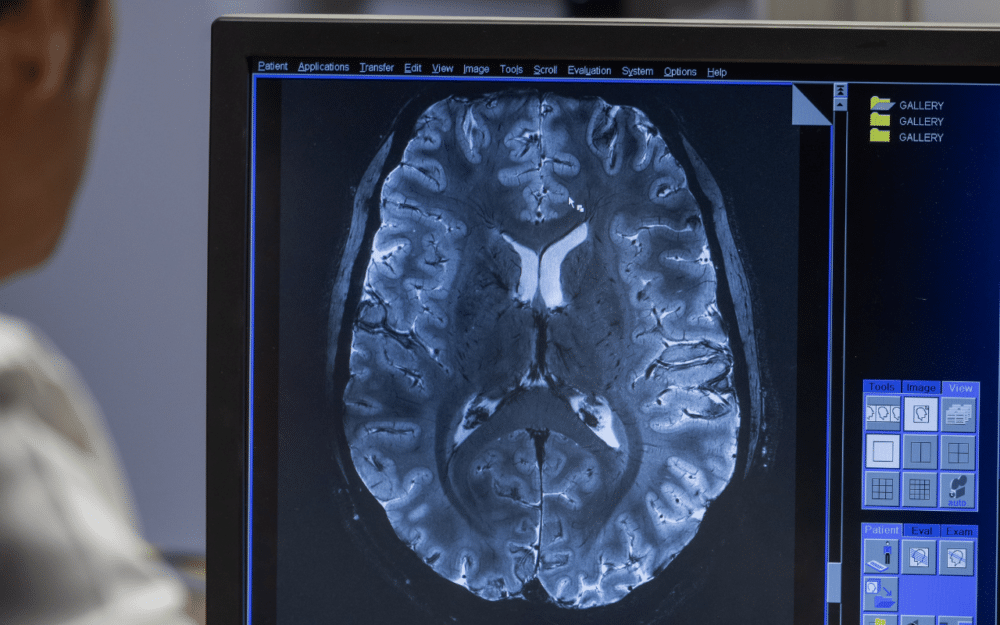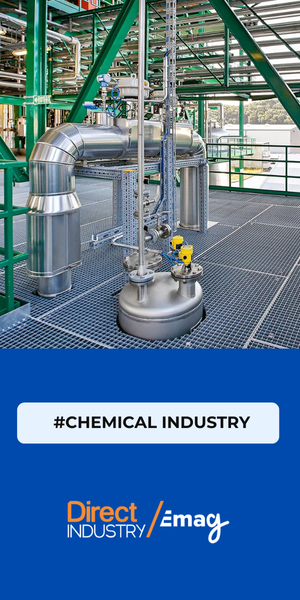What happened in the medical world? Here’s a curated selection of our top four recent articles that cover groundbreaking news, emerging technologies, and innovative treatments in the medical field. These insights offer a glimpse into the latest trends and discoveries that are transforming today’s medical industry.
1/ Iseult, the Most Powerful MRI Scanner
The Iseult MRI scanner, developed by the French Atomic Energy Commission (CEA), has achieved a groundbreaking milestone. Equipped with an unparalleled magnetic field of 11.7 Tesla, Iseult is now the world’s most powerful MRI scanner.
During a recent press conference, the CEA unveiled a series of anatomical brain images obtained from 20 volunteers using Iseult. These images exhibit an extraordinary level of detail, with a resolution of 0.2 mm in plane and 1 mm in depth—equivalent to only a few thousand neurons.
Iseult’s high resolution opens up new possibilities for understanding brain function, mental representations, learning processes, and even the neuronal signatures of consciousness states. Researchers hope that this powerful tool will contribute to advancements in our understanding of neurological diseases such as Alzheimer’s and Parkinson’s.
READ MORE
2/ Neuralink: a Computer-Brain Interface for Patients
Elon Musk’s Neuralink has achieved a significant milestone by successfully implanting its first brain implant in a human patient. The company, founded in 2016, obtained approval from the U.S. Food and Drug Administration (FDA) last year.
The brain implant, known as Telepathy, connects the human brain to a machine, allowing control of computers, smartphones, and electronic devices through thought. Neuralink’s technology relies on electrodes inserted into the cerebral cortex using a small surgical robot.
While not a global first, this achievement opens doors for medical applications, including helping tetraplegics regain mobility.
READ MORE
3/ AI Enables the Discovery of New Antibiotics
Artificial intelligence has made a significant breakthrough in the field of medicine by identifying a new class of antibiotics against methicillin-resistant Staphylococcus aureus (MRSA). This bacterium, which has become resistant to existing treatments, is responsible for millions of deaths worldwide each year. The discovery of this new antibiotic could be a game-changer in the fight against MRSA.
Researchers from the Massachusetts Institute of Technology (MIT) achieved this groundbreaking feat. They utilized deep learning models to analyze chemical structures and predict antimicrobial activity. By training an advanced deep-learning model with a large dataset of around 39,000 compounds, they identified an antibiotic effective against MRSA.
This achievement provides a time-efficient and resource-efficient framework for discovering new antibiotics, shedding light on previously unknown chemical structures that exhibit antimicrobial properties.
READ MORE
4/ In-Silico Medicine
In the realm of medical research and product development, a transformative approach called in-silico medicine is gaining prominence. This method leverages computational power, advanced numerical algorithms, and medical imaging to simulate interactions between medical products and the human body.
The American Food and Drug Administration (FDA) has already authorized the market release of medical devices tested through digital simulation. In-silico medicine holds immense promise for revolutionizing science and medicine by accelerating drug development and addressing rare diseases where patient cohorts are limited.





![Image [BUYING GUIDE] How to Choose the Right Industrial Robot?](/wp-content/uploads/sites/3/Industrial-Robot-320x213.jpg)

![Image [Buying Guide] How to Choose the Right Safety Shoes?](/wp-content/uploads/sites/3/Safety-Shoes-320x213.jpg)


![Image [Buying Guide] How to Choose the Right AMR?](/wp-content/uploads/sites/3/AMR-320x213.jpg)